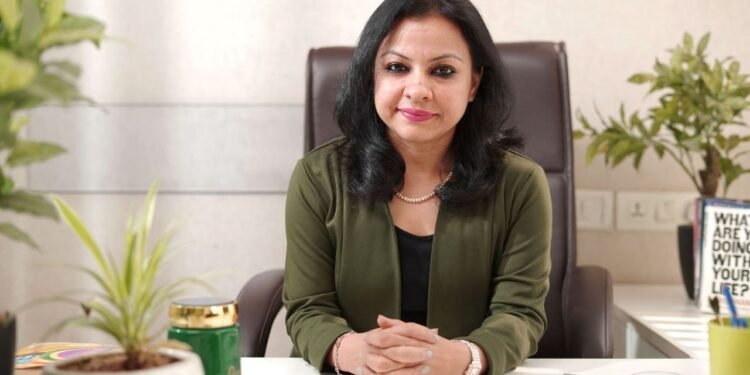In today’s rapidly evolving educational landscape, innovative teaching strategies are essential for preparing students for the future. According to reports, currently 65% of today’s students will work in jobs that do not yet exist, highlighting the need for new educational approaches. Approaches such as flipped classrooms, adopted by 78% of teachers worldwide, blended learning, utilized by over 60% of K-12 schools in the U.S., and project-based learning, integrated into 70% of curriculums, are at the forefront of this transformation.
These strategies equip students with the skills and knowledge needed to thrive in an increasingly complex and dynamic world, ensuring they are prepared for future challenges.
Flipped Classrooms: Redefining the Learning Environment
The flipped classroom model reverses the traditional teaching approach by delivering content online for students to explore outside of class, freeing up in-class time for interactive activities and deeper engagement. This shift from passive learning to active participation allows students to delve into topics, ask questions, and engage in critical thinking.
According to the students, this method not only enhances academic performance but also helps students develop essential skills such as time management, self-discipline, and problem-solving.
Blended Learning: Merging Traditional and Digital Education
Blended learning combines the structure and social interaction of traditional classroom education with the flexibility and personalization offered by online learning. In this environment, students have access to a wide range of online resources, from interactive simulations to multimedia presentations, which they can explore at their own pace. This approach supports differentiated instruction, catering to varied learning styles and paces.
An essential skill in today’s technology-driven world, and prepares them to be self-directed learners capable of navigating and applying information effectively.
Project-Based Learning: Real-World Application and Cross-Disciplinary Thinking
Project-based learning (PBL) emphasizes active exploration and real-world problem-solving. Students work on projects requiring them to apply knowledge from multiple disciplines to address complex challenges.
PBL has been shown to improve student retention by 16% and enhance teamwork, communication, and adaptability.
Technology and Learning: Integrating Digital Tools for Enhanced Education
Technology plays an integral role in modern education, with 94% of schools incorporating digital tools into their curriculum. From interactive whiteboards and digital textbooks to educational apps and virtual reality experiences, technology transforms the classroom into a dynamic, interactive environment. Integrating technology into the curriculum not only makes learning more engaging but also equips students with the digital skills they need to succeed. Programs like coding and robotics, now part of 55% of school curriculums, teach logical thinking and problem-solving, while virtual reality allows students to explore distant places and historical events in immersive detail.
Immersion Programs: Deepening Understanding Through Experience
Immersion programs provide students with opportunities to engage deeply with a subject by immersing themselves in real-world environments. Whether through language immersion, cultural exchanges, or internships, these experiences allow students to apply classroom knowledge in authentic settings.
For instance, language immersion programs enable students to practice a foreign language in a country where it is spoken, enhancing their linguistic abilities and cultural understanding. Immersion programs enrich academic experiences, broaden perspectives, and foster a global mindset.
Sports and Life Skills: Building Character and Resilience
Sports play a vital role in the holistic development of students, with 80% of schools recognizing it as a key component of the curriculum. Participation in sports encourages physical fitness and well-being, essential for maintaining a healthy mind and body. As per research, students involved in sports are 30% more likely to perform better academically. Incorporating sports into the curriculum helps students build character, crucial for success both in and out of the classroom.
As the demands of the 21st century continue to evolve, so too must our educational approaches. By embracing innovative strategies and new teaching methods like flipped classrooms, blended learning, project-based learning, technology integration, immersion programs, and a focus on sports and life skills, educators can ensure that students are not only academically prepared but also equipped with the critical life skills needed to thrive in a complex world.
These methods are essential tools for cultivating a generation of capable, confident learners ready to meet future challenges.
Article By:
Ms. Bhavna Tandon,
Academic Director – American EduGlobal School, Ghaziabad.


















